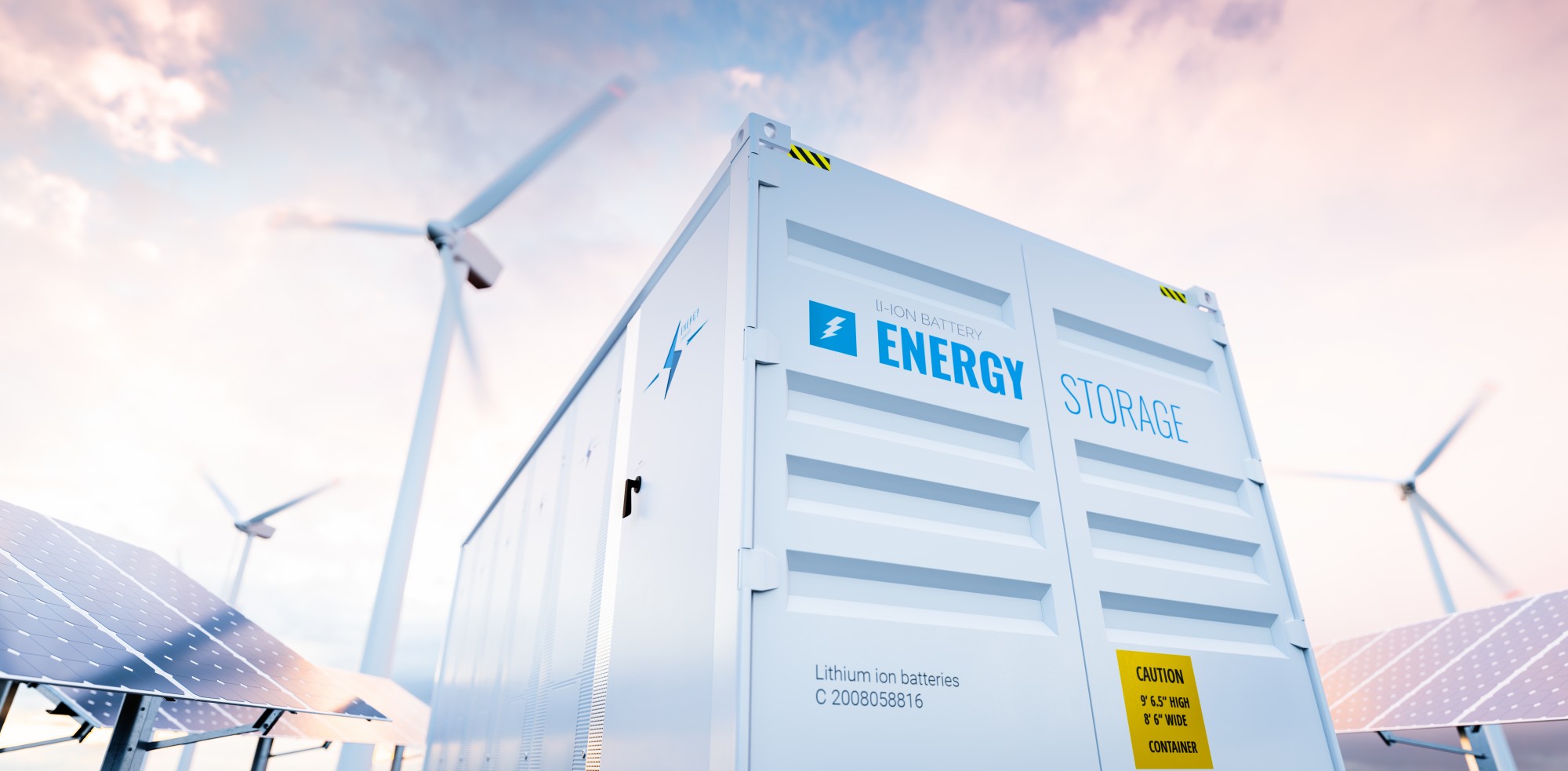Demand Management, Energy Storage, Microgrids, Utilities - January 5, 2023
PG&E to Add Hydrogen Storage System
Pacific Gas and Electric Company (PG&E), a subsidiary of PG&E Corporation, plans to deploy and operate a utility-scale battery plus green hydrogen long-duration energy storage system (BH-ESS).
PG&E will partner with Energy Vault Holdings, Inc., a grid-scale energy storage solutions company. The storage system will have a minimum of 293 megawatt-hours (MWh) of dispatchable carbon-free energy.
The BH-ESS is designed to power downtown and the surrounding area of the northern California City of Calistoga for a minimum of 48 hours during planned outages and potential Public Safety Power Shutoffs (PSPS), which is when the power lines serving the surrounding area must be turned off for safety due to high wildfire risk.
PG&E submitted the project contract for review and approval to the California Public Utilities Commission (CPUC) on December 30, 2022 with a request for the issuance of a final resolution approving the project by May 15, 2023.
The energy storage system will be owned, operated and maintained by Energy Vault while providing dispatchable power under a long-term tolling agreement with PG&E. The system’s capacity may be expanded to 700MWh, which would allow it to operate for longer without refueling.
Energy Vault’s BH-ESS will replace the mobile diesel generators used to energize PG&E’s Calistoga microgrid during broader grid outages.
“PG&E selected Energy Vault’s innovative hybrid architecture and design to create a cost-effective, community-scale, fully carbon-free microgrid that can store and dispatch on-demand renewable energy,” said Ron Richardson, Regional Vice President, North Bay and North Coast, PG&E, in a statement. “This breakthrough collaboration between PG&E and Energy Vault provides a template for future, renewable community-scale microgrids that successfully integrate third-party distributed energy resources, which is expected to cost customers less than the benchmark set by state regulators based on the alternative use of mobile diesel generators.”
Construction is anticipated to begin in the fourth quarter of 2023 with commercial operation expected by the end of the second quarter of 2024.
Read These Related Articles:
- Nearly 30% of PG&E's retail electricity is renewable, company says
- PG&E to replace nuclear capacity with energy efficiency, renewable energy generation
- Utilizing on-bill financing, California grocer rolls out energy-saving refrigeration upgrades
- PG&E's efficiency programs have saved $227M
- PG&E strikes energy storage deal for C&I customers
Stay Up-To-Date












